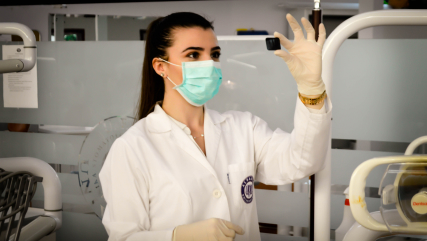Strona główna » Patient
Clinical patient pathway in the INFERRCT study
Participation in the study lasts for maximum 36 months, during which the patient qualified as a clinical trial participant will have a total of 8 visits.
The patient’s recruiting process may begin while the patient is still in the hospital or in an outpatient setting between 3 day and 4 weeks after an acute myocardial infarction.
VISIT 0 – screening
The study physician proposes to the patient participation in the study and acquaints the patient in detail with information about this clinical trial. The Patient agrees to participate in the study by signing the Informed Consent Form personally, thereby being enrolled in the study as a clinical trial participant.
An assessment of the patient’s health status is conducted. The study physician orders laboratory tests (blood draw) or may use the results of tests performed during the hospitalization related to the heart attack. At this stage, it is crucial to determine iron metabolism parameters and to identify iron deficiency. Visit 0 also involves acquiring demographic data (including age, gender), measurement of vital signs (blood pressure, pulse, heart rate and temperature), physical examination and medical history, review of data on the patient’s medications, medical history and hospitalisation. Additionally, in the case of women of reproductive age, a pregnancy test will be performed. The patient will receive a clinical trial participant card, containing important data such as emergency contact information..VISIT 1 – randomization and administration of study drug
The next step, after verifying the results of laboratory tests performed during the qualifying visit (Visit 0) and confirming that the patient is eligible for the study, is randomization, i.e. assigning the patient to one of the groups in the study: the study group – patients receiving the investigational medicinal product or the control group – patients receiving placebo. Assignment to the appropriate group is done randomly using a computer system. During Visit 1, the patient receives by intravenous administration the medicinal product (ferric carboxymaltose) or placebo (saline solution), depending on allocation to the study group.
During Visit 1, the patient’s health status is assessed again: the attending physician completes data on medications taken, medical history and hospitalizations. During Visit 1, the patient also completes a health-related quality of life generic questionnaire. Depending on the doctor’s decision, a pregnancy test may be repeated in some patients.
VISIT 2-4 – treatment assessment and following study drug administration – visits every 4 months
During Visit 2, 3 and 4, basic laboratory tests and analysis of blood iron deficiency indicators are again performed. The study physician performs a physical examination, measurement of vital signs, takes the medical history and completes data on medications taken. Depending on the doctor’s decision, a pregnancy test may be performed in some patients.
The patient again completes a questionnaire on general health and well-being once. If the patient is assigned to the group with the administration of the drug, after the laboratory results confirm the presence of iron deficiency, at Visit 2, 3 and 4 he receives another dose of the study drug. If the results do not confirm iron deficiency, the patient will be given a comparator, saline solution (NaCl). Patients in the placebo group receive saline solution.
VISIT 5-7 – treatment assessment and following study drug administration – visits every 6 months
During Visit 5, 6 and 7 (analogous to Visit 2, 3 and 4), basic laboratory tests and iron deficiency indicator tests are performed again. The study physician performs a physical examination, measurement of vital signs, takes medical history and completes data on medications taken. Depending on the doctor’s decision, a pregnancy test may be performed in some patients.
The patient completes again a questionnaire on general health and well-being. The next administration of the study drug occurs when the patient’s laboratory test results confirm the presence of iron deficiency, otherwise – the patient will be given a comparator, i.e. saline solution. Patients in the placebo group receive saline solution.
VISIT 8 – end of study – 6 months after Visit 7
At Visit 8 (scheduled at the 36th month after V1, when the first dose of the study drug product or placebo was administered), basic laboratory tests and iron deficiency indicators are performed. The study physician performs a physical examination, measurement of vital signs, medical history and also completes data on medications taken.
This is the visit that closes-out the patient’s participation in the study, so the study physician conducts an assessment of the participant’s health status analogous to that from the start of participation in the study (Visit 0 and 1).

Who can participate in INFERRCT study?
- An adult hospitalised patient with a diagnosis of acute myocardial infarction whose blood laboratory test results confirm the presence of iron deficiency. Detailed criteria for patient enrolment in the study are discussed by the study physician during the screening visit.
How many people will be part of the study?
- The non-commercial INFERRCT clinical trial will be conducted at about 50 centers in Poland.
A total of about 1,000 participants diagnosed with acute myocardial infarction will be enrolled in the study.
What does "non-commercial" stands for?
- Non-commercial research is carried out to advance clinical practice, search for new treatments and therapeutic options. Sponsors of such studies may be an academic or hospital institution, a scientific or research institutes.
- The therapeutic product used in the INFERRCT study – iron carboxymaltrose – is a registered medication, approved for use and currently administered in iron deficiency therapies.



